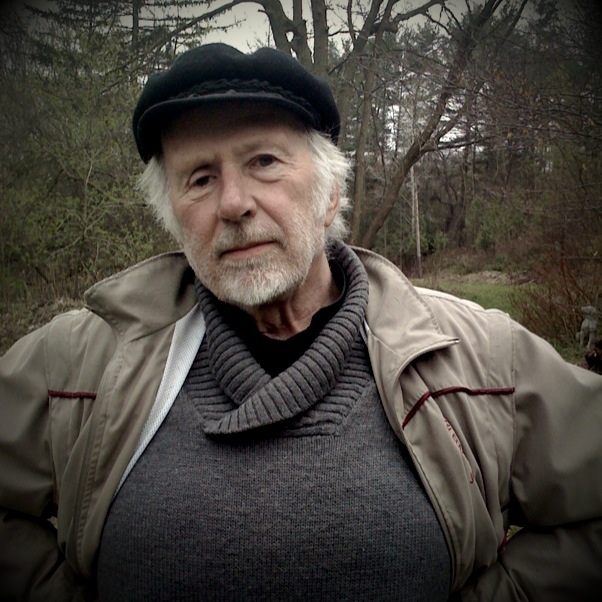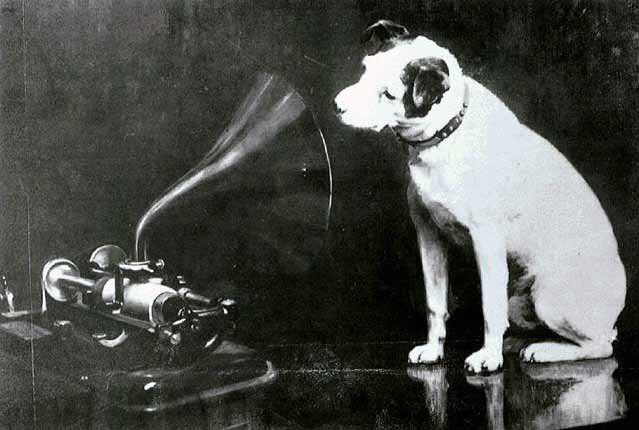What is the soundscape of our lives? What does the soundscape convey about the time and place in which we live?
R. Murray Schafer: “We must seek a way to make environmental acoustics a positive study program. Which sounds do we want to preserve, encourage, multiply?”
(excerpted in Jonathan Sterne’s The Sound Studies Re ader, p. 95)
ader, p. 95)
Listen: https://www.nfb.ca/film/listen
Features of the Soundscape: Keynote Sounds, Signals, Soundmarks
Hi-fi & Lo-Fi Soundscapes:
“This leads me to suggest that the rural inhabitant listens in a more unfocused manner than the urban dweller. We speak of peripheral vision when we view a Chinese landscape painting,
with a cloud in one corner, a mountain in another and a waterfall somewhere else. Perhaps there is something like peripheral hearing in an open environment where one overhears rather than focuses consciously. Urban life requires much more focused listening where one is surrounded by sounds requiring quick response: voices, telephones, bells, buzzers, horns, and the like.The density and demands of the urban soundscape make for a lo-fienvironment in contrast to the hi-fi soundscape of the countryside, where there is less noise and clearer signals. ”
[From: “I have never seen a sound“]
The Possibilities & Potentials of Sound Technologies:
 Schizophonia: The split between an original sound and its electroacoustical transmission or reproduction.
Schizophonia: The split between an original sound and its electroacoustical transmission or reproduction.
Review “The Sounds Around Us: An Introduction to Field Recordings” for a discussion of the history of field recordings. The first documented non-human recording was made by Ludwig Koch using his father’s wax cylinder recorder. Listen to Ludwig Koch’s Recordings of Wildlife in the archives of the British Museum.
Rainforest Soundscapes:
Monacchi’s Eco-Acoustic Music:
http://www.fragmentsofextinction.org/eco-acoustic-music/
Francisco Lopez’s “La Selva”:
https://youtu.be/NwrrTAX07TI
